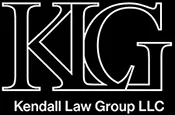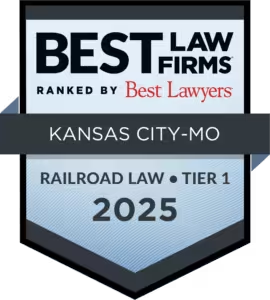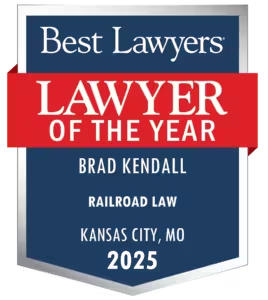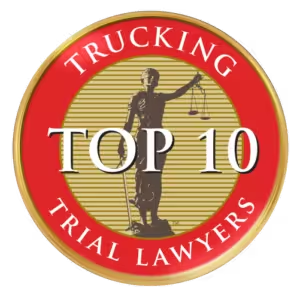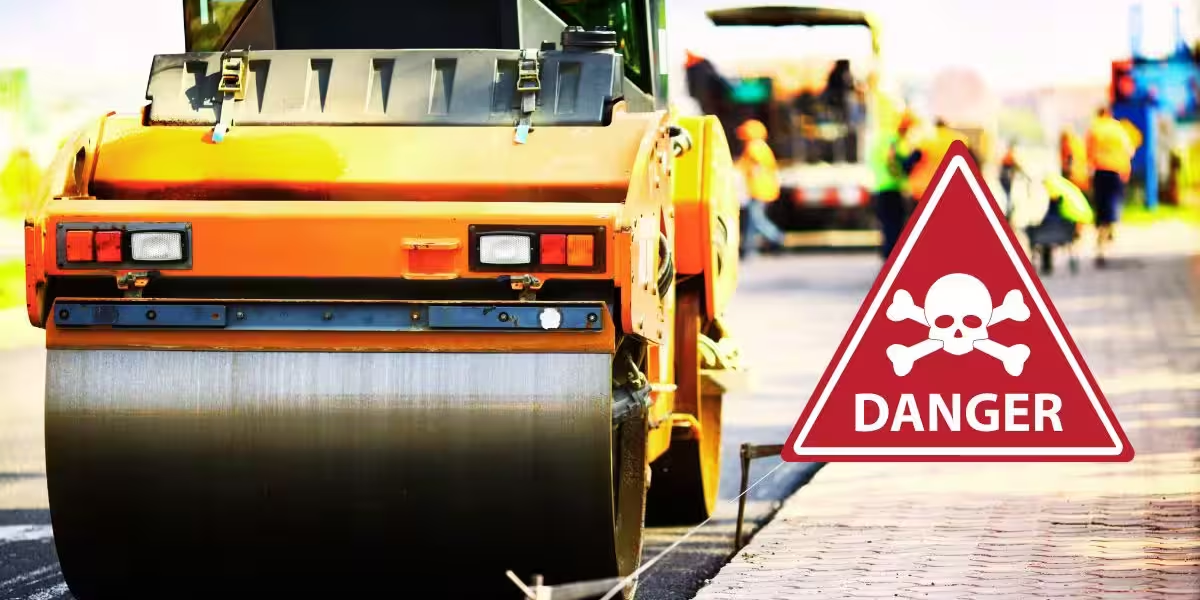
Enhancing Road Safety in Kansas City: Top 10 Dangerous Roads
Kansas City faces significant challenges with road safety, highlighted by an increase in traffic-related fatalities. In 2023, the city witnessed 102 traffic fatalities, a rise from 89 in 2022. This disturbing trend calls for immediate action and awareness. As dedicated Kansas City auto accident injury trial lawyers, we aim to provide useful information to residents and establish our firm as an authority in catastrophic auto accident injuries.
Understanding Road Safety
Road safety involves various factors, including design, infrastructure, traffic management, driver behavior, environmental conditions, and community planning. Addressing these through better urban planning, stricter law enforcement, public education campaigns, and regular maintenance can significantly enhance safety.
Design and Infrastructure Issues
- Poor Road Design: Narrow lanes, sharp turns, and poorly designed intersections increase accident risks.
- Lack of Pedestrian and Bicycle Infrastructure: The absence of sidewalks, crosswalks, and bike lanes endangers non-motorized users.
- Inadequate Lighting: Poor lighting reduces visibility for drivers, cyclists, and pedestrians.
- Obstructed Views: Trees, buildings, or other obstructions at intersections can cause collisions.
Traffic Management Issues
- High Traffic Volume: Congested roads lead to more collisions.
- Inadequate Traffic Control Devices: Missing or malfunctioning signals and signs create confusion.
- Poor Road Surface Conditions: Potholes, cracks, and uneven surfaces cause drivers to lose control.
Behavioral Issues
- Speeding: Reduces reaction time and increases accident severity.
- Distracted Driving: Texting, talking on the phone, and other distractions take attention away from the road.
- Driving Under the Influence: Alcohol and drugs impair safe driving ability.
Environmental and External Factors
- Weather Conditions: Rain, snow, ice, and fog can make roads slippery and reduce visibility.
- Construction Zones: Roadwork can create hazards, especially if not well-marked.
- Uncontrolled Intersections: Lack of proper signals or signs makes intersections hazardous.
Maintenance Issues
- Delayed Repairs: Slow response to fixing road damage or signal malfunctions leaves hazards unaddressed.
- Inconsistent Road Markings: Faded or unclear lane markings and crosswalks confuse drivers and pedestrians.
Community and Urban Planning Issues
- High Population Density: Increases the likelihood of pedestrian and vehicle interactions.
- Mixed-Use Areas: Commercial, residential, and industrial zones overlap, leading to diverse traffic patterns and conflicts.
Kansas City’s 10 Deadliest Roads
These are Kansas City’s most dangerous roads, along with the current issues, hazards, and safety tips for each.
1. Emanuel Cleaver II Boulevard, Kansas City, MO
Current Issues: High speeds and frequent crashes, particularly between Troost Avenue and Oak Street.
Planned Improvements: Reducing lanes, adding protected bike lanes, and installing raised medians to connect bike trails and enhance safety.
2. Grandview Triangle, Kansas City, MO
Hazards: The complex interchange of I-435, I-470, and US-71 leads to frequent accidents.
Safety Tips: Stay in your lane, follow directional signs, and reduce speed.
3. Troost Avenue, Kansas City, MO
Hazards: Poor road conditions with numerous potholes cause tire damage and loss of control.
Safety Tips: Regular vehicle maintenance and prompt reporting of road hazards mitigate risks.
4. Shawnee Mission Parkway, Shawnee, KS
Hazards: Winding stretches and steep inclines present challenges.
Safety Tips: Drive slowly, especially in poor weather, and use headlights to improve visibility.
5. Route 210, North Kansas City, MO
Hazards: Poor lighting, especially at night, reduces visibility.
Safety Tips: Use high beams when appropriate and drive defensively.
6. Benton Boulevard, Kansas City, MO
Hazards: Sharp curves and limited sightlines make this road dangerous.
Safety Tips: Reduce speed and stay alert for pedestrians and cyclists.
7. Interstate 29 at Barry Road, Kansas City, MO
Hazards: Heavy traffic and sudden lane changes increase collision risk.
Safety Tips: Maintain a safe distance and plan exits in advance.
8. Interstate 435 at Front Street, Kansas City, MO
Hazards: Complex bridges and large intersections heighten accident likelihood.
Safety Tips: Follow traffic signals and avoid distractions.
9. Interstate 70 and I-435 Interchange, Kansas City, MO
Hazards: Busy and confusing layout results in frequent accidents.
Safety Tips: Stay calm, follow the traffic flow, and avoid abrupt lane changes.
10. Truman Road and Oak Street, Kansas City, MO
Hazards: Traffic congestion and complex intersection dynamics lead to high accident rates.
Safety Tips: Exercise patience and use turn signals well in advance.
What to Do After a Car Accident
- Stay Calm and Safe: Move to a safe location if possible.
- Call 911: Report the accident and seek medical attention.
- Exchange Information: Collect details from other involved parties.
- Document the Scene: Take photos of the accident, vehicle damage, and injuries.
- Report to Insurance: Notify your insurance company promptly.
- Seek Legal Advice: Contact a car accident attorney.
Liability and Legal Options After a Collision
Determining fault in a major auto collision can be complex. Here’s how fault is determined and the legal options available:
Determining Fault in a Car Accident
Understanding how fault is determined can help you navigate the aftermath of an accident. After the collision, obtain a copy of the police report as soon as possible and review it for any errors or discrepancies. If accurately documented, the accident report should give you a better understanding of the cause of the collision and who may be at fault for your injuries and damages. Upon reviewing the police report if you note any errors, contact the reporting agency’s record department and request a revision as soon as possible. Here are the most common at-fault parties in major car wrecks:
Driver Error
Driver error remains one of the most common causes of accidents. This includes:
- Speeding: Excessive speed reduces reaction time and increases the severity of collisions.
- Distracted Driving: Activities like texting or using a phone can divert attention from the road.
- Driving Under the Influence: Alcohol or drugs impair judgment, coordination, and reaction times.
Road Conditions
Poor road conditions can contribute to accidents. This includes:
- Maintenance Issues: Potholes, cracks, and uneven surfaces can cause drivers to lose control.
- Inadequate Signage: Missing or unclear road signs can lead to confusion and accidents.
- Lighting: Poorly lit roads reduce visibility, increasing the risk of nighttime accidents.
Vehicle Malfunctions
Mechanical failures can be a significant factor in accidents. This includes:
- Brake Failure: Inability to stop can lead to severe accidents.
- Tire Blowouts: Sudden loss of tire integrity can cause a vehicle to veer uncontrollably.
- Steering Issues: Malfunctions in the steering system can prevent drivers from maintaining control.
Third Parties
Sometimes, other factors contribute to accidents. This includes:
- Construction Zones: Poorly managed construction areas can create unexpected hazards.
- Debris: Objects on the road can cause drivers to swerve or lose control.
- Pedestrians/Cyclists: Actions of non-motorized road users can sometimes lead to accidents.
For more information on determining fault after a car accident, check out our blog: Who’s At Fault (And Why It Matters)
Legal Options After a Collision
Understanding your legal options is crucial after an accident. Here are some paths you might consider:
Insurance Claims
If you are injured in a Kansas City car accident, your first source of recovery will typically be through an insurance claim(s). Here’s a breakdown of potential available coverages:
- At-Fault Driver’s Insurance: The responsible driver’s insurance should cover damages. If the negligent driver has a minimum policy ($25,000.00) and is not enough to cover your damages, or is an uninsured motorist, you may be able to look to your auto insurance policy for uninsured/underinsured motorist coverage.
- Uninsured/Underinsured Motorist Coverage: If the at-fault driver lacks sufficient insurance, your personal auto insurance policy might cover your damages.
- MedPay (Medical Payments Coverage): Helps pay for medical expenses for you and your passengers regardless of fault.
- PIP (Personal Injury Protection) in Kansas Only: Covers medical expenses, lost wages, and other related costs after an accident, regardless of fault.
Personal Injury Lawsuits
In the event a reasonable settlement cannot be reached through an insurance claim, the next available option is to file a lawsuit. Depending on the situation, you may be able to seek legal recourse against:
- Against the At-Fault Driver: Seek compensation for medical expenses, lost wages, and other damages.
- Against Government Entities: If poor road conditions contribute, you might be able to sue the responsible government entity.
Product Liability Lawsuits
- Vehicle Manufacturers: If a defect caused the accident, you can file a lawsuit against the manufacturer.
- Repair Shops: If faulty repairs are contributed, the repair shop might be liable.
Negligence Claims
- Construction Companies: Poorly managed construction zones can result in accidents, making the construction company liable.
An experienced Kansas City auto accident injury attorney can help you review your case and advise you on your best legal options moving forward to obtain the maximum compensation you deserve for your injuries. Most personal injury attorneys provide services on a contingency-fee basis, meaning they do not charge you anything upfront for representation and if no money is collected, you do not have to pay. Most also offer complimentary case evaluations, but make sure you choose a lawyer who has the experience and skills necessary to handle your complex case.
It is always best to speak with a personal injury attorney before communicating with insurance adjusters.
Under no circumstance should you:
1. Admit fault; 2. Say you are uninjured; 3. Provide a written or recorded statement without first speaking with an attorney.
Kansas City Auto Accident Injury Trial Attorneys
At Kendall Law Group LLC, we are committed to helping you rebuild your life after a car accident. Our trial attorneys specialize in major auto accident injury cases, ensuring you receive the support and compensation you deserve. We guide you through every step of the legal process and advocate for your rights. Contact us for a free consultation today at (816) 531-3100 or reach out HERE.
FAQs
What makes Emanuel Cleaver II Boulevard dangerous? High speeds and frequent crashes, particularly between Troost Avenue and Oak Street.
Why is the Grandview Triangle hazardous? The complex interchange of I-435, I-470, and US-71 leads to frequent accidents.
What should I do if I encounter poor road conditions on Troost Avenue? Ensure regular vehicle maintenance and promptly report road hazards.
How can I stay safe on Shawnee Mission Parkway during poor weather? Drive slowly, use headlights to improve visibility, and navigate carefully.
What legal options do I have if I’m involved in an accident caused by poor road conditions? You might be able to sue the responsible government entity, provided you can prove negligence.
How can I avoid accidents at the busy Interstate 70 and I-435 Interchange? Stay calm, follow the flow of traffic, and avoid abrupt lane changes.
Enhancing road safety in Kansas City requires a comprehensive approach, addressing design and infrastructure issues, traffic management, behavioral factors, and more. By understanding the hazards and taking proactive measures, both the city and its residents can work together to reduce accidents and save lives.
Additional Resources
Missouri Drivers – Ranked Second Most Aggressive in the USA
Kansas City Drivers: The Second ‘Speediest’ In The Country – A Growing Concern
The Deadly Consequences of Speeding: Stay Safe and Slow Down!
What is Distracted Driving and How Can We Prevent it?
Navigating Medical Payment Coverage (MedPay) in Kansas and Missouri
